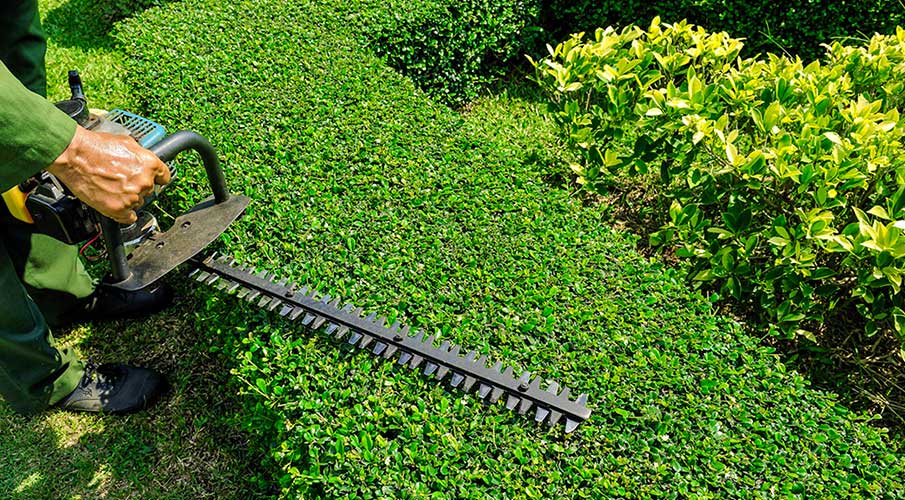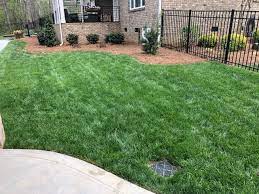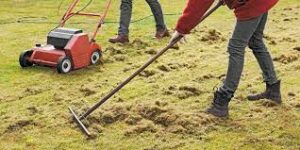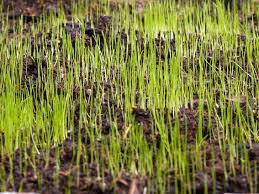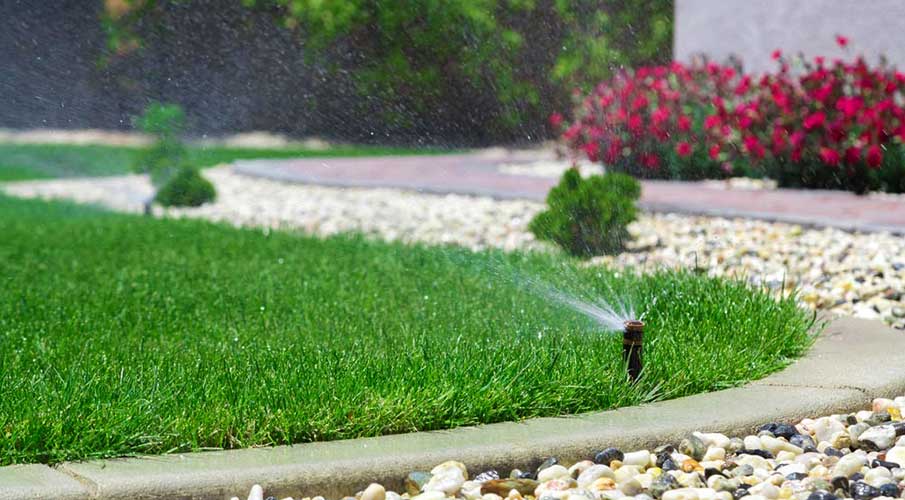We all know the basics to mow the lawn, but there are many details that are often overlooked. Proper mowing techniques can not only keep your fescue lawn looking neat and tidy, but they can also help promote healthy growth and prevent weeds. Here’s everything you need to know about mowing your fescue lawn in the transition zone.
Key Points to Mow the Right Way
When mowing the lawn, there is a fair bit of nuance to consider that helps keep the grass looking its best. Some of your techniques may change with the season as well. These are the factors to keep in mind when it comes to proper mowing.
Mow the Lawn with Sharp Blades
One of the most important factors in maintaining a healthy lawn is using sharp mower blades. Dull blades can tear the grass instead of cutting it cleanly, leaving the “frosted tip” look a few days after mowing. The additional stress of tearing the grass with dull blades also makes the lawn susceptible to disease. Regularly sharpening the blades can prevent these problems and ensure a clean cut every time. To learn more about sharpening your mower blades check out our guide, How to Sharpen Lawn Mower Blades.
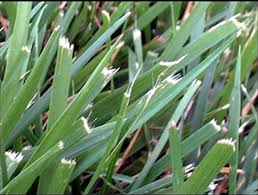
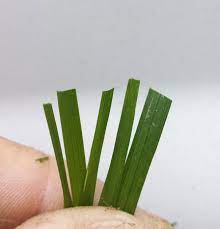
Frequency of Mowing
How often you need to mow your lawn depends on the growth rate of your grass, which can vary depending on factors such as weather, soil conditions, and time of year. As a general rule, it’s best to mow often enough that you’re only cutting about one-third of the grass blade at a time. This allows the grass to recover quickly and maintain its health. This is the main reason recommend weekly cutting over bi-weekly. Aside from cutting off too much length at one time, bi-weekly mowing of fescue can also take considerably longer during the Spring. In this season, the grass grows rapidly and waiting 2 weeks before cutting could mean the difference between mulching or bagging clippings.
Mow the Lawn at the Right Height
The height at which you mow your lawn also plays a significant role in its health. For fescue lawns, it’s best to keep the grass at about 3 inches in the Spring and 4-4.5 inches tall in the Summer. This height provides shade for the roots and helps to retain moisture in the soil. Most sources will tell you to cut fescue shorter than this. However, our experience has shown that slightly taller grass performs better in the transition zone.
Adjusting Mowing Height and Frequency in the Summer
During the summer months, it’s important to adjust your mowing height and frequency based on whether or not you water your lawn. If you don’t have an irrigation system, it’s best to raise the height of your mower blade to around 4.5 inches to help the grass retain moisture. You may also need to mow less frequently to prevent stress on the grass. If you do have an irrigation system, you can continue to mow at the same height and frequency as long as you’re watering regularly. From a lawn care perspective, it’s best to water the lawn twice a week in the summer to keep the fescue healthy. Otherwise, your fescue can die from heat stress and you’ll see other weeds creep in to take its place. To learn more about watering you can read out article, How to Water Your Lawn.
Bagging vs. Leaving Clippings
Bagging your lawn clippings can be beneficial if you have a lot of weeds. When you mow the grass, you chop off the seed heads of the weeds. Bagging clippings would also bag and remove these seed heads. Bagging is also useful if you have a problem with clumps of clippings on the lawn. However, in most cases, it’s better to leave the clippings on the lawn. Clippings break down quickly when they’re not clumped and provide a natural source of fertilizer for your lawn. The University of Missouri estimates leaving your lawn clippings can supply up to 25% of your lawn’s fertilizer needs. If you’re worried about clippings clumping up on the lawn, you can use a mulching blade to chop the clippings into smaller pieces. This will help them break down more quickly and eliminates the need for bagging clippings in most situations.
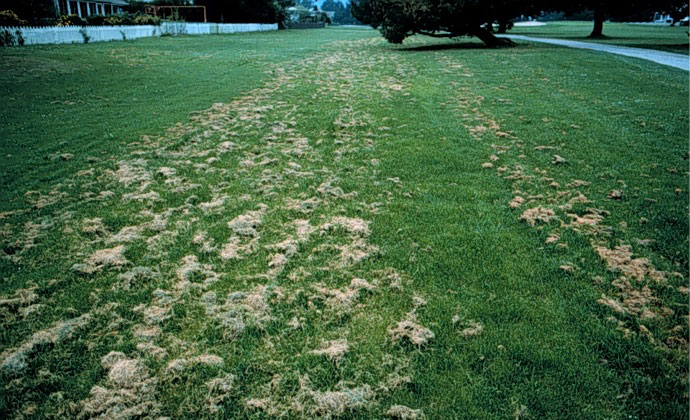
How to Mow the Lawn Step-By-Step
With these factors in mind, let’s take a look at the step-by-step process for mowing your fescue lawn.
- Water the Lawn: Water your lawn the day before you plan to mow. This will help to prevent stress on the grass.
- Check Blade Sharpness: Before mowing, make sure your blades are sharp. Dull blades can damage the grass and make it more susceptible to disease.
- Adjust Mowing Height: Set your mower to the appropriate height for fescue grass (3 to 4.5 inches).
- Mow in a Different Direction: To prevent ruts and uneven wear patterns, mow in a different direction each time you mow.
- Mulch Clippings: If you have mulching blades on your mower, mulch the clippings and redistribute them onto the lawn. This provides additional nutrients to the soil and eliminates the need for bagging.
- String Trim: Use a string trimmer to cut the grass in places the mower can’t reach
- Clean Up Where Necessary: Use a blower or a broom to sweep clippings off of hard surfaces and back into the lawn.
By following these tips and techniques, you can help your fescue lawn remains healthy, vibrant, and weed-free. Proper mowing is just one aspect of lawn care. To learn about the other factors of lawn care, check out our article, How to Prevent Weeds in Your Lawn.
Ready for a company that mows lawns the right way? Get an estimate from Midwest Turf Pros by clicking here.
